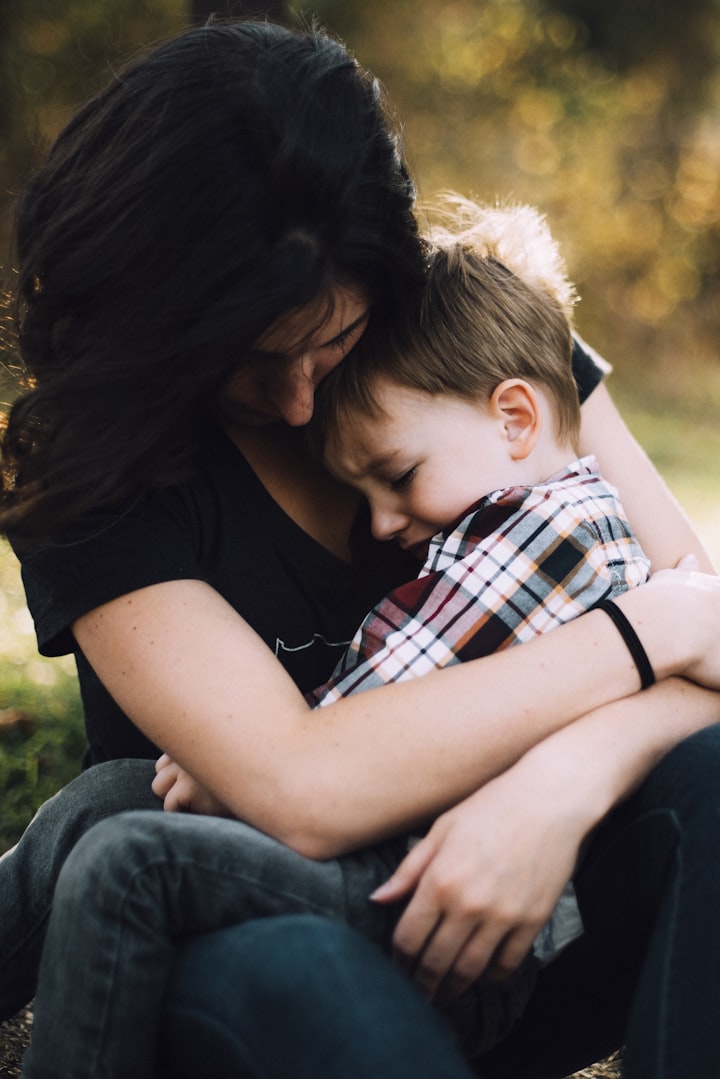Dholki Wajana: A Melodious Celebration of Tradition
Rituals of Punjabi Marriage

As the wedding festivities commence, a vibrant and enchanting tradition takes center stage in many cultures: Dholki Wajana. It is a joyful practice where a group of girls gather with a drum and sing traditional songs throughout the night, adding a rhythmic and celebratory touch to the auspicious occasion. In this lively setting, the air is filled with laughter, music, and a sense of unity, as loved ones come together to create cherished memories.
During Dholki Wajana, girls sit alongside the bride and groom, forming a circle of mirth and camaraderie. The focal point of this gathering is the dholki, a traditional drum that sets the beat for the lively songs and melodies that resonate in the air. The rhythmic beats of the dholki intertwine with the sweet melodies of the girls' voices, creating a harmonious fusion of sound and celebration.
As the girls sing, their voices intertwine in melodic harmony, recounting tales of love, happiness, and the joyous union of the couple. The songs are steeped in tradition, often narrating stories of legendary love stories, ancestral heritage, and the timeless beauty of marital bliss. Each word carries a deep significance, reflecting the cultural values and shared experiences of generations past.
Alongside the music, the aroma of freshly brewed tea and the delectable sweetness of traditional sweets fill the air. It is customary to indulge in these delightful treats during the Dholki Wajana, as they add to the festive ambiance and provide sustenance for the night-long celebration. The combination of music, tea, and sweets creates an atmosphere of warmth, hospitality, and joyful indulgence.
However, it is important to note that there are differing opinions on the practice of Dholki Wajana. Some individuals, particularly those adhering strictly to Shariah law, may express opposition to this lively tradition. They argue that it conflicts with certain religious guidelines. Yet, those who embrace the tradition argue that it is an integral part of their cultural heritage, passed down through generations, and carries a sense of belonging and identity.
The essence of Dholki Wajana lies in its deep-rooted connection to the past. It is a testament to the rich tapestry of customs and rituals that have been preserved for centuries, bridging the gap between the present and the ancestral heritage. By engaging in this tradition, families honor their ancestors and keep their cultural legacy alive, perpetuating the sense of identity and belonging for future generations.
The opposition to Dholki Wajana is met with a steadfast response from those who cherish the tradition. They assert that this practice is an essential part of their cultural fabric, a celebration of love and unity that transcends religious boundaries. For them, Dholki Wajana is not merely a frivolous pastime but a powerful means of cultural expression, a way to rejoice in the bonds of family, friendship, and marriage.
As the rhythmic beats of the dholki reverberate through the night, the group of girls continues their melodic journey, their voices carrying the essence of love, hope, and happiness. Each song becomes a thread that weaves together the collective joy and celebration of the entire gathering. Friends and family join in, clapping their hands, tapping their feet, and adding their voices to the chorus, creating a symphony of unity and togetherness.
Dholki Wajana is more than just a musical interlude; it is a reflection of the deep-rooted connections that tie families and communities together. It is a time when barriers are transcended, and hearts are united in celebration. The lively sounds of the dholki and the heartfelt voices of the girls evoke a sense of belonging, reminding everyone present of the strength and beauty of their shared cultural heritage.
As the night unfolds, the songs and melodies continue to fill the air, creating an atmosphere of enchantment and joy. The love and warmth radiating from the gathering embrace the couple, infusing their union with blessings and well wishes. Dholki Wajana serves as a precursor to the grand wedding ceremony, an intimate celebration that sets the stage for the sacred vows and rituals that lie ahead.
In the end, the true significance of Dholki Wajana lies not in the debate surrounding its practice but in the celebration of love, tradition, and unity that it represents. It is a testament to the resilience of cultural customs, an ode to the vibrant tapestry of human experiences. By embracing and preserving this cherished tradition, families honor their roots, create lasting memories, and strengthen the bonds that tie them together.
Dholki Wajana is a celebration of joy, music, and camaraderie. It is a testament to the power of tradition and the unbreakable spirit of cultural heritage. As the dholki beats resound and the voices rise in harmony, it serves as a reminder that in the tapestry of human diversity, music and celebration have the power to unite, inspire, and uplift.
About the Creator
Dr. Amjad Ali Bhatti
Dr. Amjad Ali Bhatti is a multifaceted individual who has made significant contributions in the fields of research, translation, literature, and social activism.






Comments
There are no comments for this story
Be the first to respond and start the conversation.